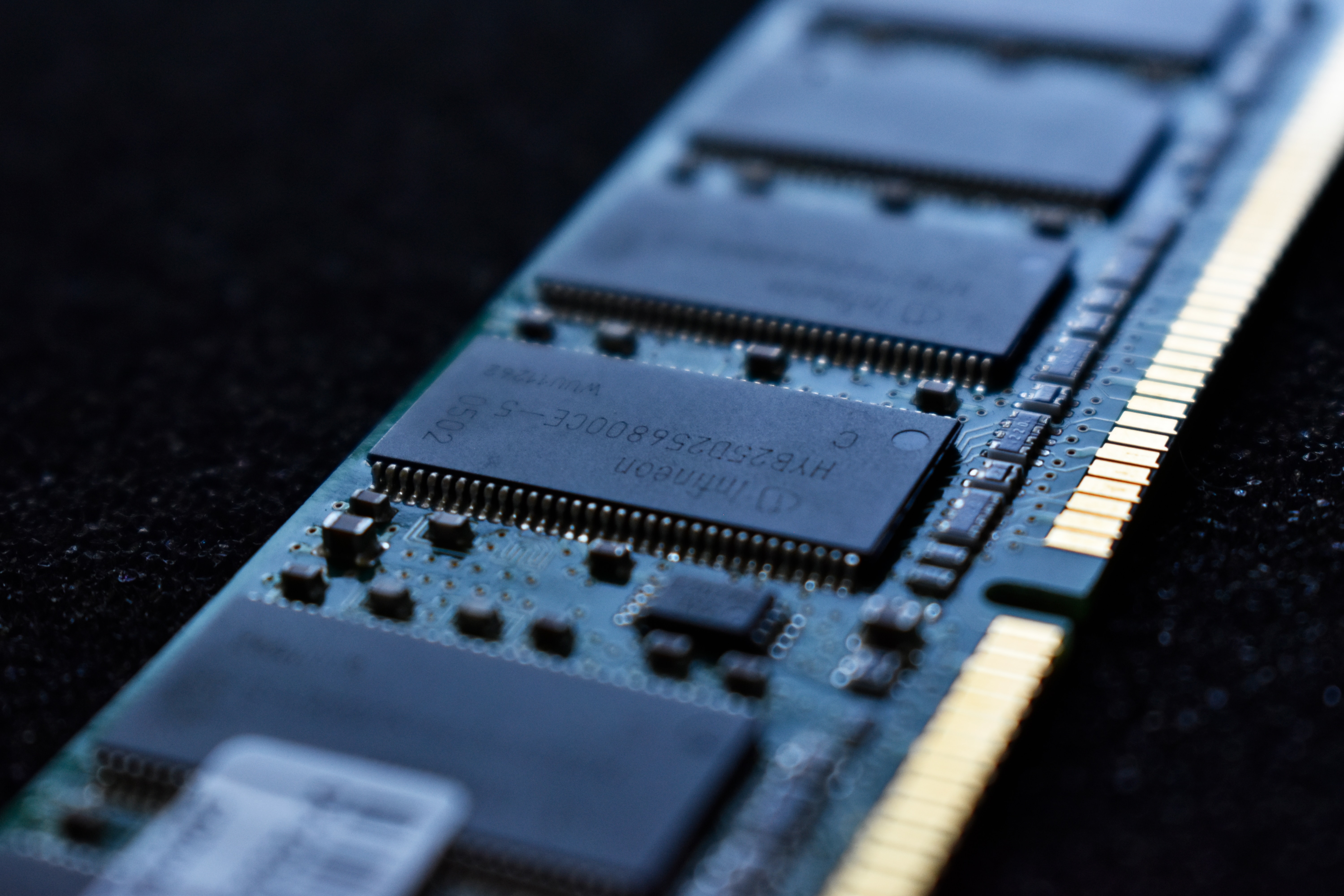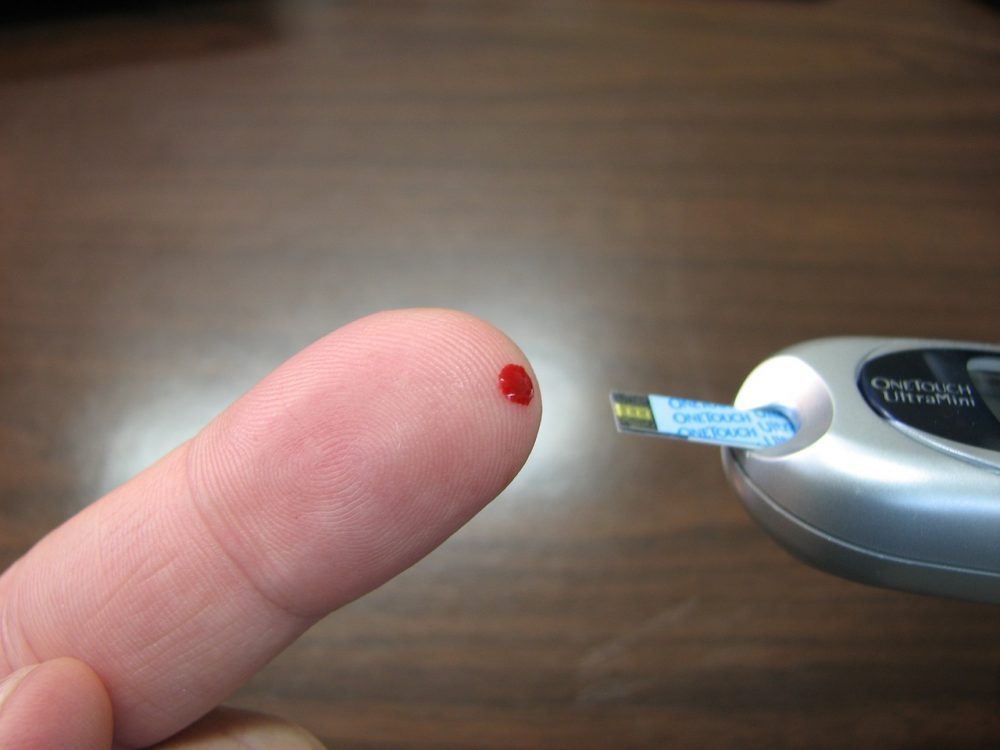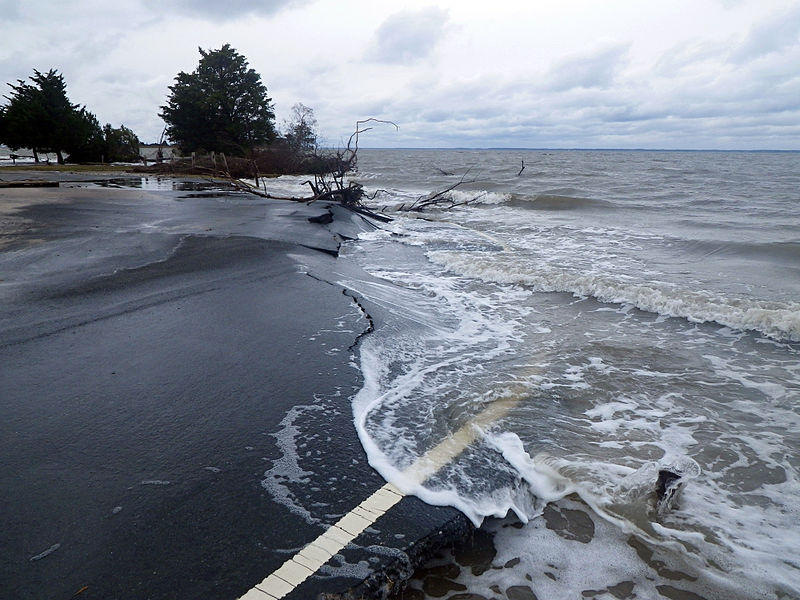On October, 24 2003, Concorde made its final flight. However, hopes for super speedy journeys by air have been rekindled as NASA has been working with the Federal Aviation Administration (FAA) and international aerospace to rule out the barriers in reintroducing it.
What are the barriers?
There are many hurdles like high altitude emissions, fuel efficiency and community noise around airports, but the most important one is lessening sonic booms — shock waves caused by an aircraft flying faster than the speed of sound.
At NASA, engineers are working to define a new standard for low sonic booms:
Engineers are tackling sonic booms from a number of angles. They are studying how to quantify the loudness and annoyance of the boom by asking people to listen to the sounds in a specially designed noise test chamber.
They have flown F/A-18 mission support aircraft to create low-intensity sonic booms in order to measure the public’s tolerance to sound at the NASA’s Armstrong Flight Research Center in Edwards, California.
According to NASA and industry engineers, the supersonic research has progressed to the point where the design of a practical low-boom supersonic jet is within reach. They declare that Lockheed Martin’s design, with a long needle-like nose and delta wing intended to cut the noise of a sonic boom, has been tested in a wind tunnel.






